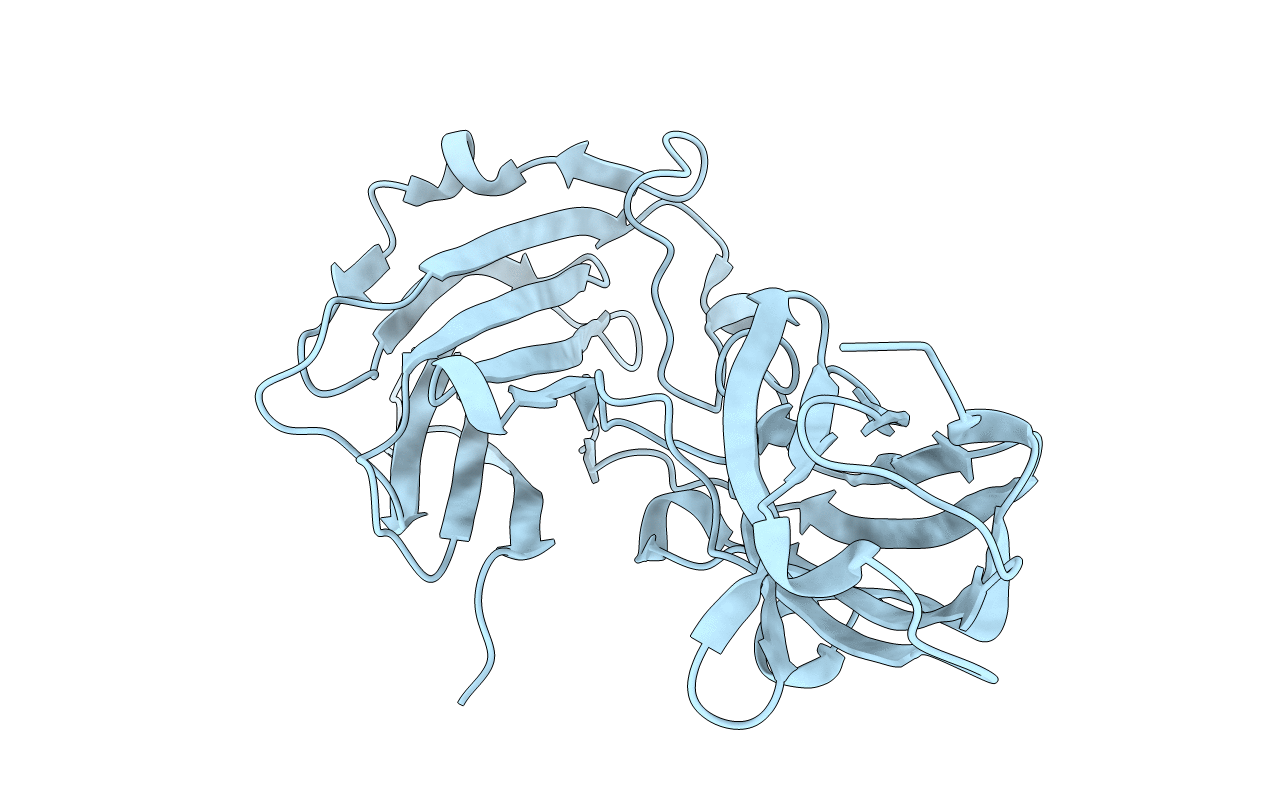
Deposition Date
2012-08-08
Release Date
2013-10-09
Last Version Date
2023-12-20
Entry Detail
PDB ID:
4B5Z
Keywords:
Title:
Structure of the apo-rFnBPA(189-505) from Staphylococcus aureus
Biological Source:
Source Organism:
STAPHYLOCOCCUS AUREUS SUBSP. AUREUS NCTC 8325 (Taxon ID: 93061)
Host Organism:
Method Details:
Experimental Method:
Resolution:
2.20 Å
R-Value Free:
0.22
R-Value Work:
0.18
R-Value Observed:
0.18
Space Group:
P 21 21 21


